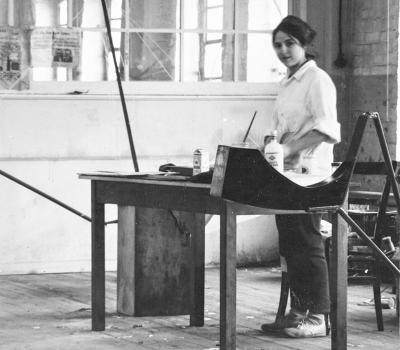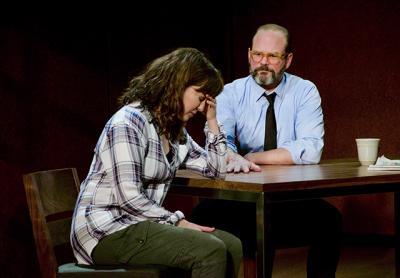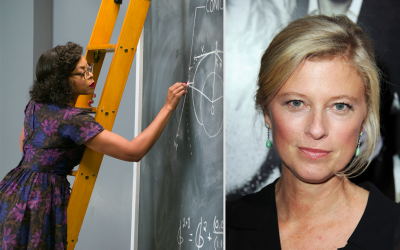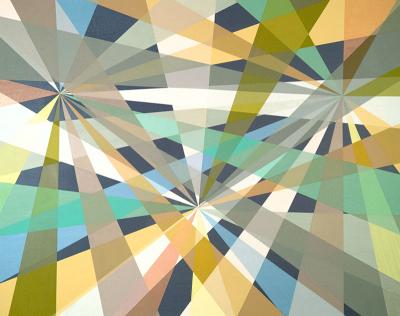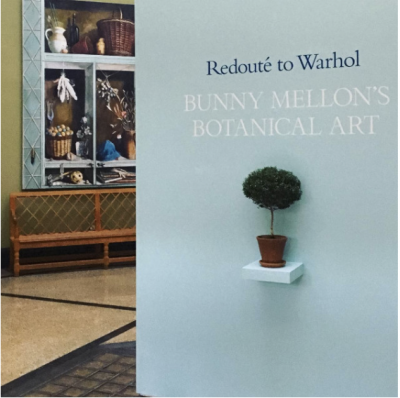‘Barney’s Wall’: The Rough Cut
‘Barney’s Wall’: The Rough Cut
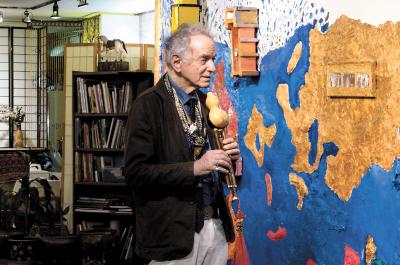
“Barney’s Wall,” a film in the making for several years, celebrates Barney Rosset’s creativity and his fierce devotion to First Amendment rights. Although the film is still a few steps short of completion, a rough cut was shown last month in Manhattan at the Century Association.
Originally conceived as a document to save a mural that Rosset worked on until his death in 2012, it evolved into a fuller biography of the man behind the artifact and the clear impact he had on the arts and letters of the late 20th century.
Rosset, a longtime resident of East Hampton, fought tirelessly in court to ensure that previously banned and censored material such as Henry Miller’s “Tropic of Cancer” and D.H. Lawrence’s “Lady Chatterley’s Lover” were made available to American audiences. He also published books and plays by Samuel Beckett, William Burroughs, Jean Genet, Harold Pinter, and many others. Later, he branched out into film distribution and the screening of titles such as Vilgot Sjoman’s “I Am Curious (Yellow),” which had also been banned by censors.
“Barney represents so much the opposite of what we’ve been seeing in the last couple of weeks in this country, the inclusion of so many parts of this world and such a diversity of ideas and culture,” Williams Cole said before the screening. “I hope this film really gets out there and influences people and gets his name back out into the culture.”
Mr. Cole is part of the team that made the film, along with David Leitner and Sandy Gotham Meehan. They went ahead with the project when the building that Rosset and his wife, Astrid Myers Rosset, shared with the offices of two of his book imprints was sold and expected to be demolished and replaced by a high-rise.
They had hoped to attract an institution that might be interested in preserving the mural and keeping it in its collection. That has yet to happen, but they did manage to remove it from the wall themselves and have put it in storage. Now, they are in the process of completing the film, which still needs color correction, sound-mixing, licensing, and a bit more financing.
The documentary captures how people Rosset knew interacted with the mural, such as Lorin Stein of The Paris Review and David Amram, a composer and musician who came of age with the Beat poets. These interactions are interspersed with interviews about the man and footage of Rosset himself.
Those who saw the wall were startled and impressed by its intricacies. They declared it “an epic novel on a wall” and “an art critic’s nightmare,” among other divergent comments. In the film, some touch the wall, others smell it. It’s a salute to creativity and the unbound mind.
The film has a website and a Kickstarter page for pledging funds, which can be found by referencing its title.

